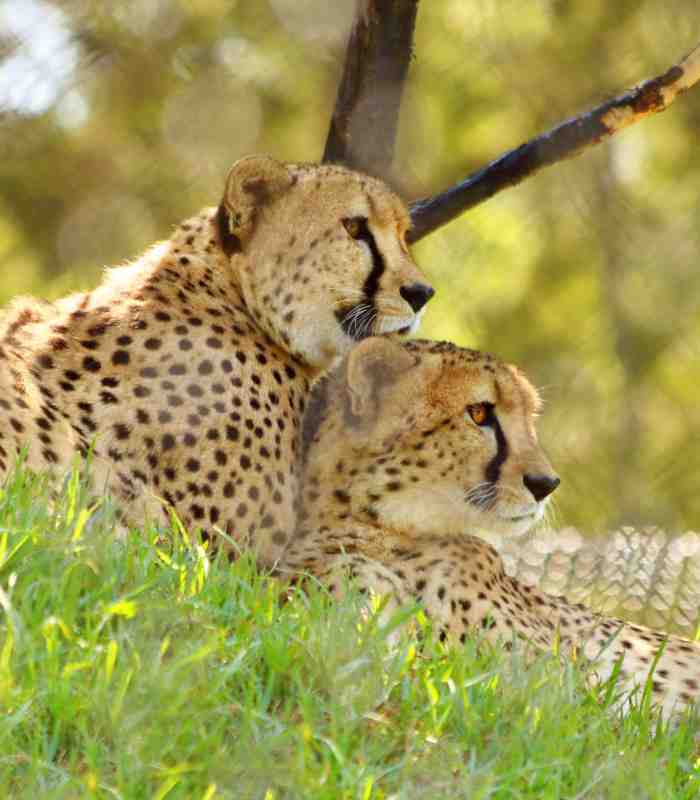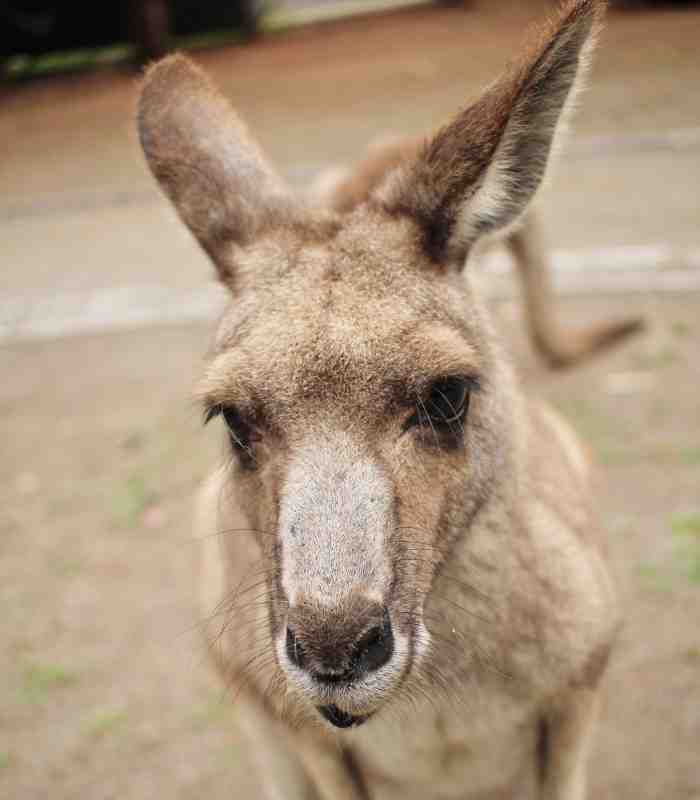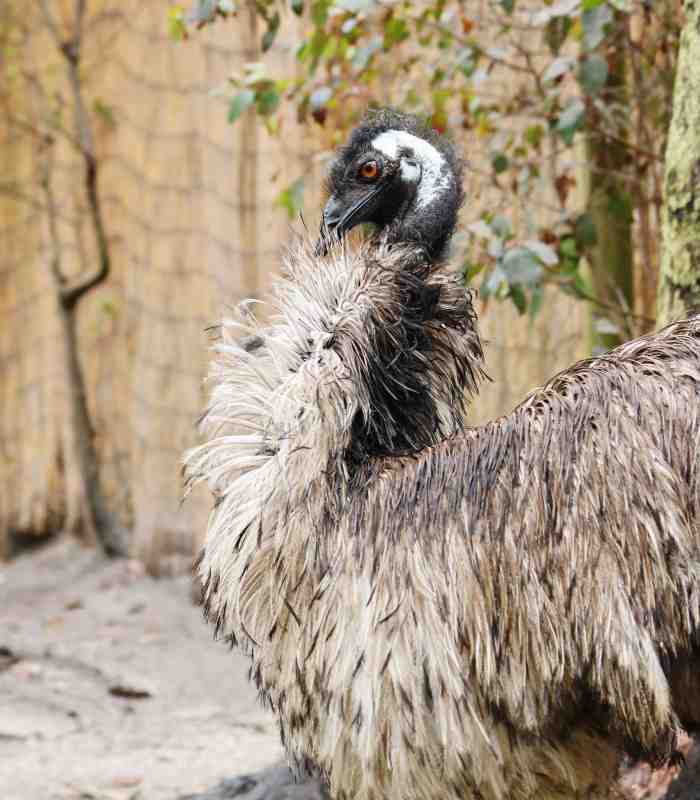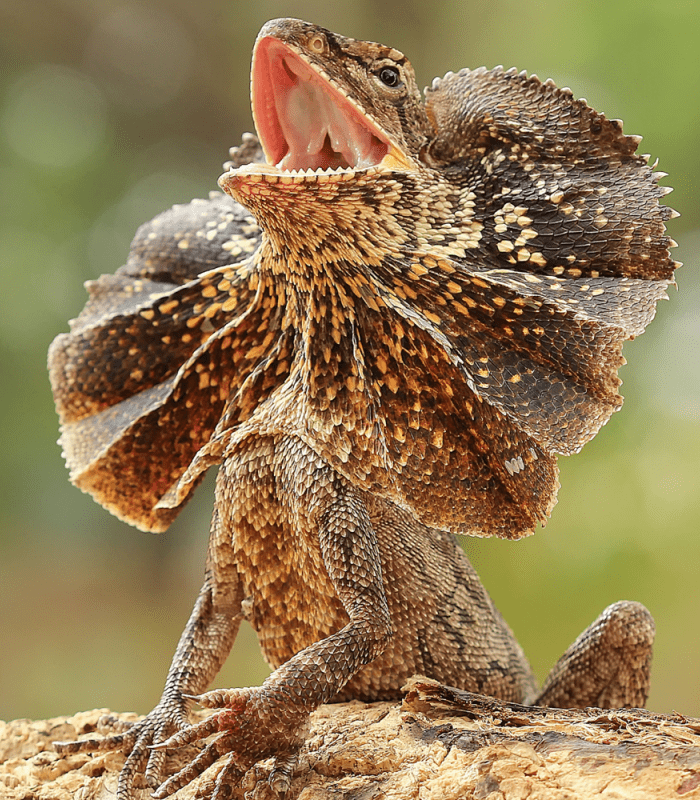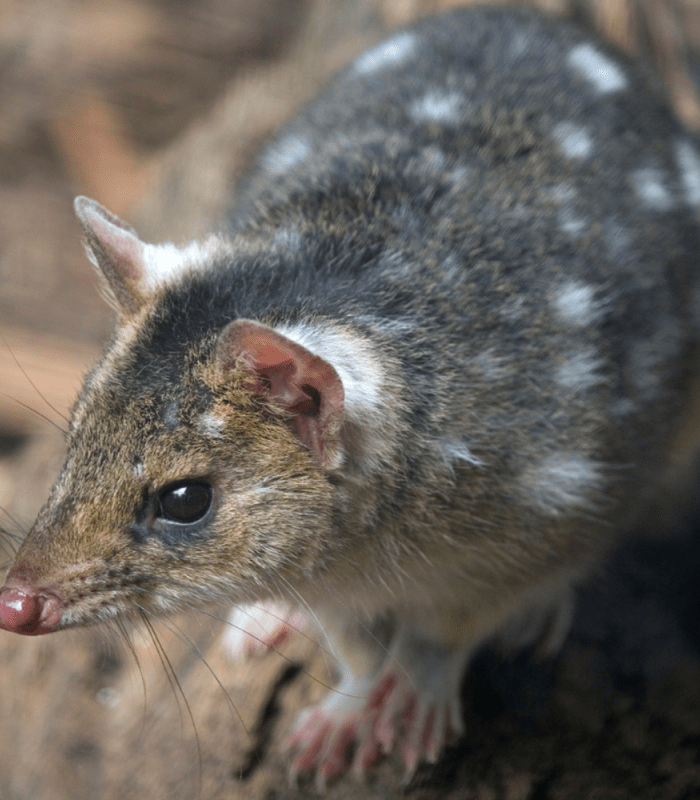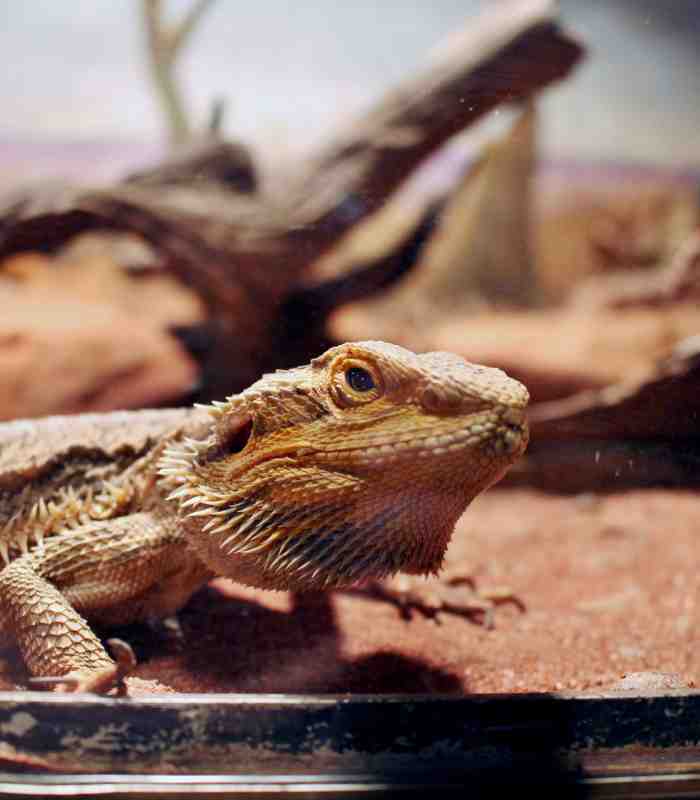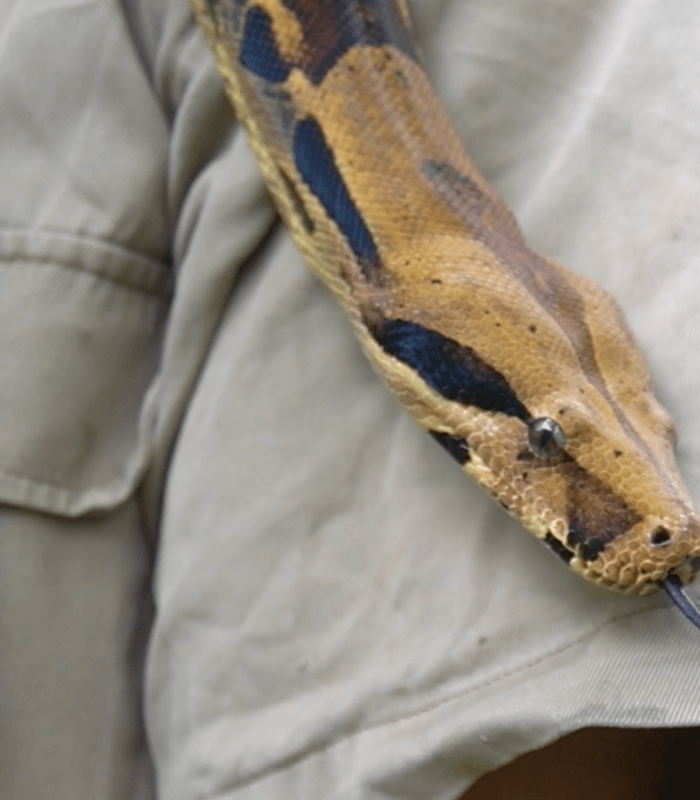Vulpes Zerda
Weighing around only 1 kilogram, Fennec Foxes are the smallest of all foxes. They are easily recognised by their massive ears, large black eyes and small muzzle. Their large ears act like radiators and dissipate heat, as well as providing excellent hearing to detect prey. The thick fur helps insulate the fox against the cold, desert nights.
Distribution and habitat
Fennec Foxes can be found across northern Africa, throughout the Sahara Desert and east to the Sinai Peninsula. They prefer sandy deserts and semi-deserts, with stable sand dunes, in which they can burrow. Their nocturnal habits help them deal with the searing daytime heat of the desert environment.
Diet
Fennec Foxes are opportunistic eaters and are mostly carnivorous. They will forage for plants but primarily eat rodents, eggs, reptiles, and insects including grasshoppers and locusts. They hunt alone and locate prey primarily by sound, killing with a bite to the neck. Like most desert dwellers, Fennec Foxes have developed the ability to go for indefinite periods without water.
Life expectancy and breeding
They are monogamous and the pair lives with their offspring in a family unit of up to 10 individuals. Usually a litter of 2 to 5 kits are born every year, after a gestation period of around 50 days. The male provides food and defends the burrow (which can be up to 10 metres in length) until the kits are 4 weeks old. They are weaned at 61 to 70 days reaching adult size and sexual maturity after only 9 to 11 months. They live up to 10 years in the wild.


